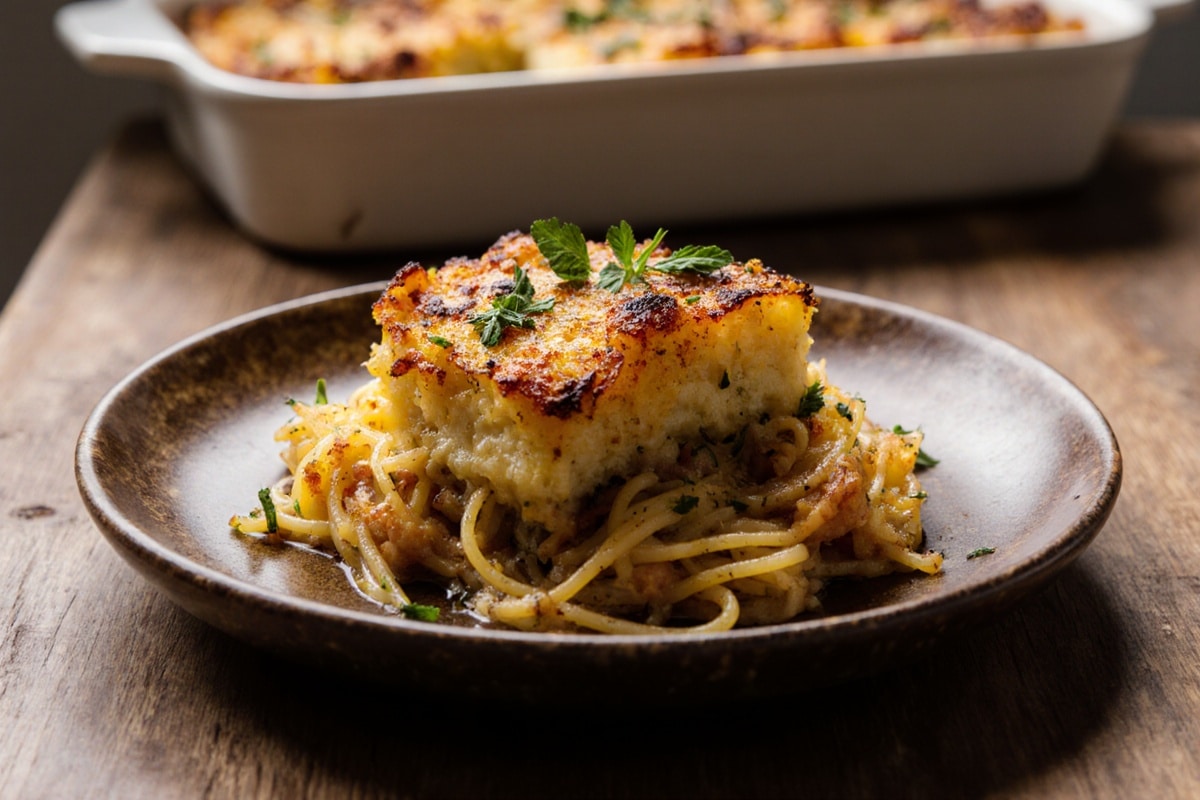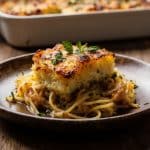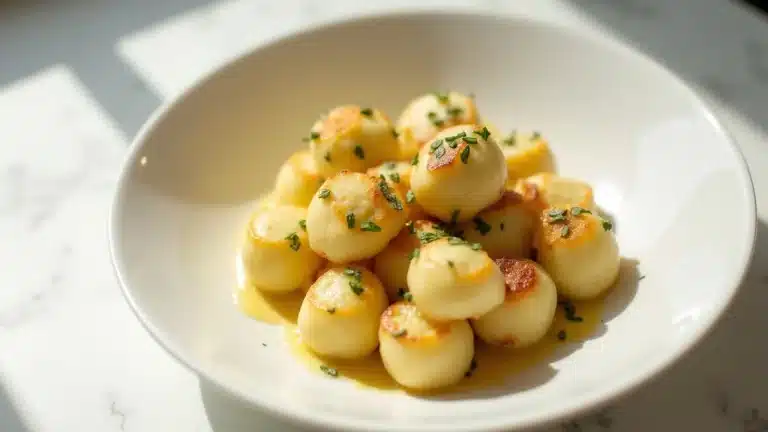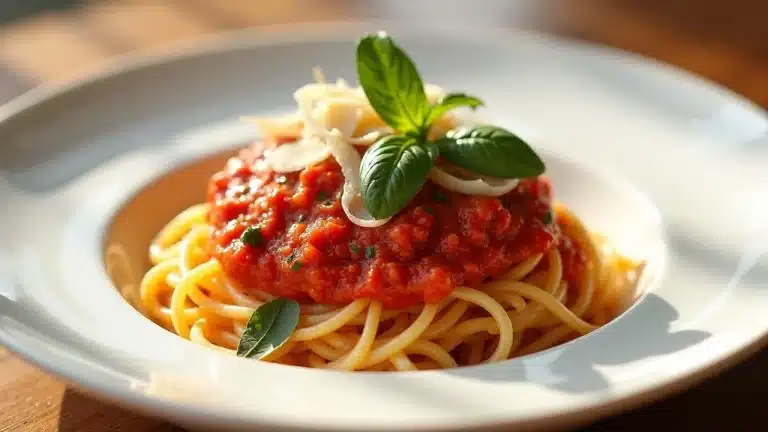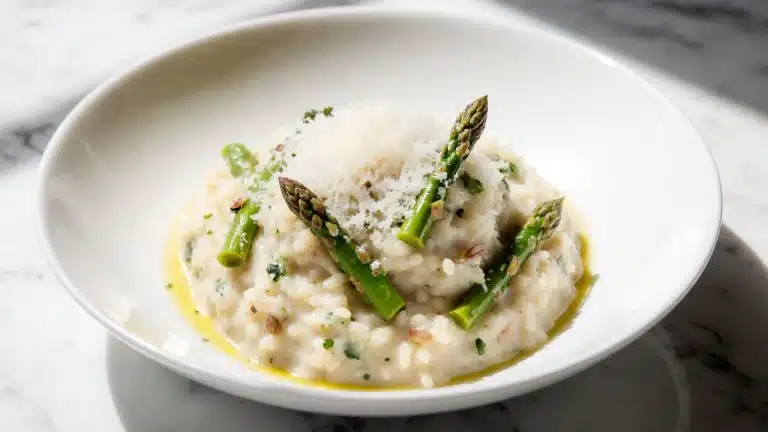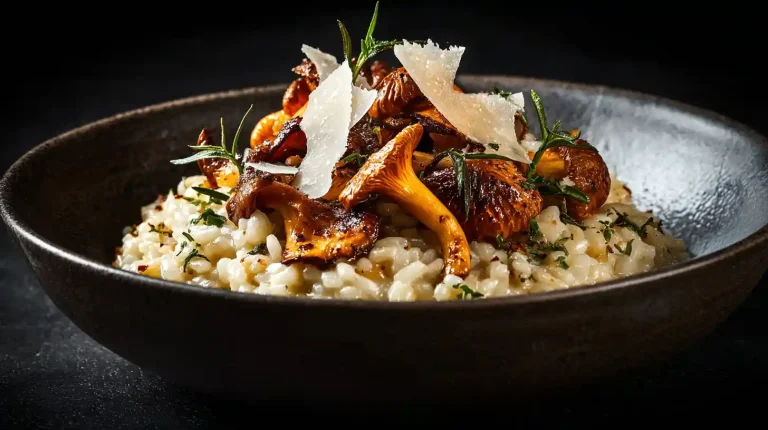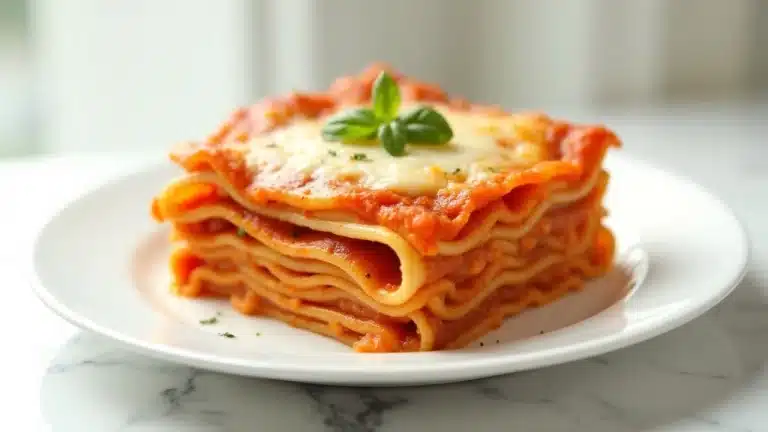Gordon Ramsay’s Spaghetti Squash Casserole: 5 Secret Healthy Tricks
When I first battled a spaghetti squash in my kitchen, it looked like a culinary war zone. Vegetables mocking me, strands refusing to cooperate, flavor hiding like a scared rabbit. Then I remembered everything I learned from Gordon Ramsay – precision isn’t just about technique, it’s about understanding your ingredients. This gordon ramsay spaghetti squash casserole isn’t just another recipe; it’s a complete kitchen transformation. I’ve spent years perfecting this dish, turning a potentially bland vegetable into a flavor explosion that’ll make your taste buds stand at attention. Whether you’re cutting carbs, dodging pasta fatigue, or just want a meal that screams “professional kitchen,” this casserole is your culinary rescue mission.
Gordon Ramsay’s Spaghetti Squash Casserole
Ingredients
Equipment
Method
- Preheat oven to 190-200°C (375-400°F). Cut the spaghetti squash in half, remove seeds, and brush with olive oil.
- Roast the squash for 40-60 minutes until tender; use the fork test to ensure strands separate easily.
- Sauté aromatic vegetables in a skillet until fragrant, then add protein and brown.
- Combine with the tomato base and herbs, then mix everything in a casserole dish.
- Top with cheese and bake until golden and bubbly.
Nutrition
Notes
Love this recipe?
Give us 5 stars and comment!Gordon Ramsay’s Spaghetti Squash Casserole: A Low-Carb Culinary Masterpiece
Why Spaghetti Squash Casserole Screams Ramsay Technique
When I think of Gordon Ramsay, I see someone who’s not just about yelling in kitchens. He values precision, bold flavors, and transforming everyday ingredients into something extraordinary. This spaghetti squash casserole reflects his cooking style: maximize flavor, minimize complexity. By treating vegetables like premium proteins, I’m making a dish that’s not just clever but also surprisingly tasty.
What Makes This Casserole a Ramsay-Inspired Masterpiece
A classic Ramsay recipe goes beyond just using ingredients; it’s about how you use them. I’m talking about layering seasoning, achieving proper caramelization, and knowing how each ingredient enhances the final dish. This isn’t just a casserole; it’s a flavorful creation that turns simple spaghetti squash into a culinary delight worthy of a restaurant.
The Health-Forward Appeal of Vegetable-Focused Cooking
Cutting carbs doesn’t mean sacrificing flavor or satisfaction. Spaghetti squash is a nutritional gem that mimics pasta without all the calories. With just 31-42 calories per 100g, it’s perfect for anyone looking to enjoy a restaurant-quality dish while staying on track with their health goals.
Nutrition and Metabolic Benefits of Spaghetti Squash
Micro-Nutritional Breakdown
Every 100g of spaghetti squash packs a surprising punch: 0.65-1g protein, very little fat (0.4-0.6g), and about 7-10g of complex carbohydrates. The fiber supports digestion, while vitamins like B6 and C aid your metabolism. Pro tip: The more colorful your vegetable mix, the better your nutrition.
Portion-Level Nutritional Considerations
A typical serving of casserole (around 280g) delivers roughly 230-250 calories, 15-21g of protein, and about 19g of carbohydrates. The key is choosing the right add-ins. Lean proteins and smart cheese selections can boost nutritional value without overshadowing the dish.
Strategic Pros and Nutritional Cautions
This low-calorie, nutrient-rich spaghetti squash provides a fantastic base for a healthy meal. Just be cautious of high-fat additions, like full-fat cheese or greasy meats, that can quickly turn this light dish into a calorie overload. Finding balance is essential.
Gordon Ramsay–Inspired Cooking Method
Essential Ingredients for Maximum Flavor
Your cooking arsenal should include a medium spaghetti squash, olive oil, aromatic vegetables, an optional protein, tomato sauce, Italian herbs, and some smart cheese choices. Ramsay’s first rule: no bland ingredients allowed. Each item should add its own unique depth and flavor.
Precision Technique and Step-by-Step Execution
Roasting is a must. Start by preheating your oven to 375-400°F. Cut the squash in half, scoop out the seeds, and brush the insides with olive oil. Roast for 40-60 minutes until tender. Don’t skip the fork test: you want the strands to come apart easily. Sauté your aromatics, brown any proteins, create a rich sauce, and then combine everything in a casserole dish.
Mistake-Proof Cooking Strategies
Watch out for under-seasoning and cooking at the wrong temperatures. Start bold with seasoning early on. Layer in salt, pepper, and herbs while sautéing. Avoid overcrowding the pan; cook in batches to achieve proper caramelization. Finish up at high temperatures (375-400°F) to get that nice, crisp top.
Flexible Preparation Approaches
Regional and Cultural Variations
You can transform this base recipe with global flavors: Italian (fresh basil, Parmesan), Mexican (chipotle, cumin, salsa), Mediterranean (olives, sun-dried tomatoes). Each twist tells a different story in the kitchen.
Protein and Dietary Adaptations
Are you vegetarian? Swap meat with mushrooms or lentils. Prefer different proteins? You can try turkey sausage, ground beef, or plant-based options. Flexibility makes flavor shine.
Cheese and Binding Innovations
Mozzarella offers that gooey melt, while sharp cheddar brings tanginess, and fontina provides creaminess. Don’t hesitate to experiment with binding agents like eggs or sour cream to change up the texture. No single cheese rules this dish.
Serving and Pairing Strategies
Complementary Side Dishes
Balance is crucial. Serve this with a zesty green salad, steamed garlic broccoli, or roasted Brussels sprouts. A small slice of garlic bread can complete the meal without overpowering the casserole’s delicate flavors.
Portion and Nutritional Balancing
Keep the casserole’s calorie and macronutrient profile in mind when planning your sides. A lean protein with bright vegetables makes for a fulfilling, satisfying meal.
Presentation and Plating Techniques
Serve it hot right from the casserole dish. Garnish with fresh herbs, a drizzle of high-quality olive oil, or a sprinkle of Parmesan. Remember, presentation matters just as much as taste.
For more inspired recipes, check out spaghetti squash casserole ideas to get your creativity flowing.
FAQ – gordon ramsay spaghetti squash casserole
Question: Can I make this casserole vegetarian?
Answer: Absolutely. Swap meat for mushrooms or lentils and keep the bold seasoning.
Question: How do I know the squash is perfectly roasted?
Answer: The strands should separate easily with a fork, no wrestling required.
Question: What’s the biggest mistake home cooks make?
Answer: Under-seasoning. Season aggressively and build flavor in layers.
Question: Can I freeze this casserole?
Answer: Yes, it freezes beautifully for up to 3 months. Pro tip: Undercook slightly before freezing.
Question: Best cheese for maximum flavor?
Answer: Mix mozzarella and sharp cheddar for a flavor punch that’ll make your mouth dance.
Conclusion
My final message? This isn’t just cooking – it’s culinary rebellion. Every time you pull this casserole out of the oven, you’re not just making dinner. You’re creating a moment of pure, unapologetic deliciousness. The sizzle, the aroma, the first forkful that makes everyone at the table go silent – that’s the magic. Your kitchen is your battlefield, and this recipe? Your secret weapon. The squash transforms, the flavors explode, and you? You become the home cook who doesn’t just follow recipes, but owns them. Now grab that squash, channel your inner Ramsay, and let’s cook something extraordinary.

